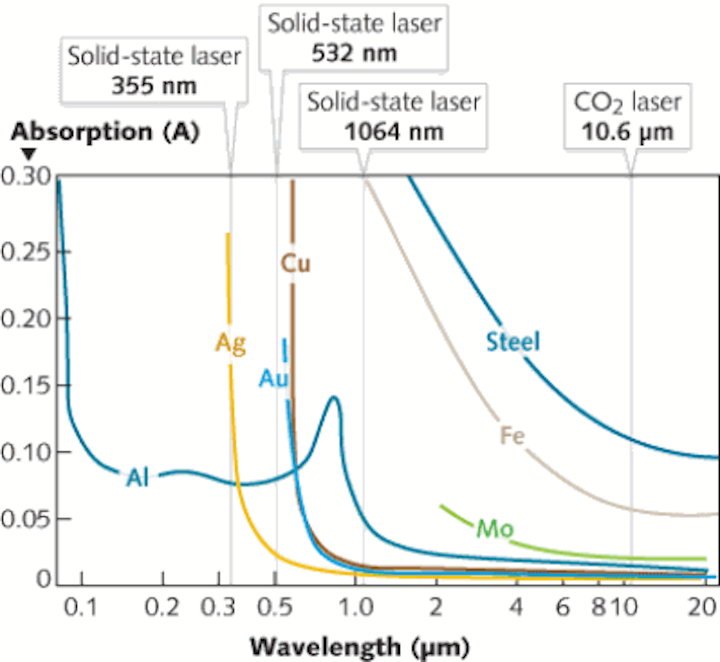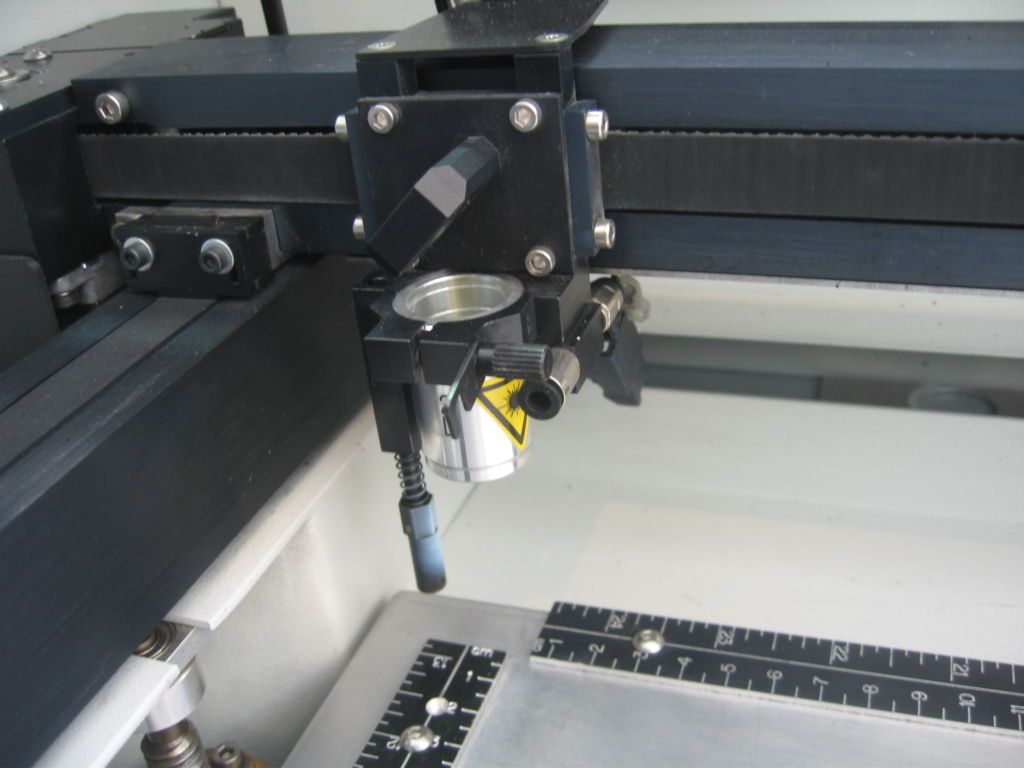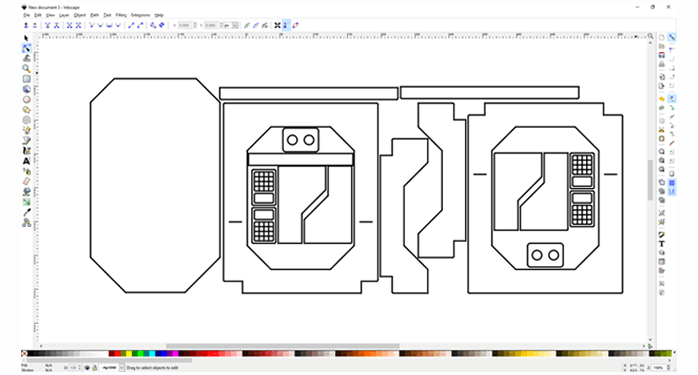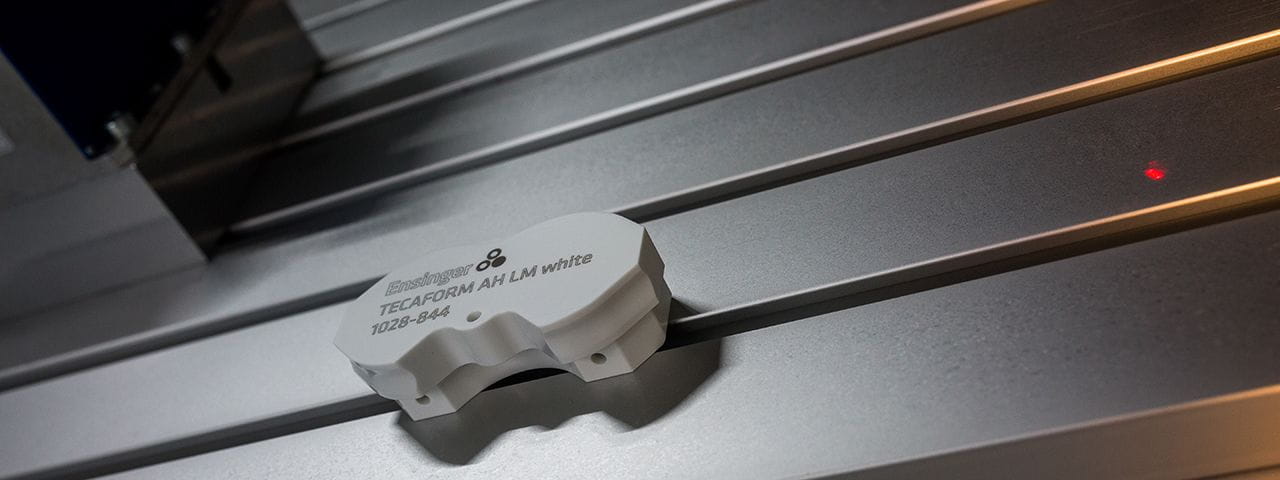Laser Marking Process Parameters

The aim of the current study attempts to investigate the effects of laser etching parameters specially the scanning speed ns peak power kw frequency khz and heat input j mm 2 on the corrosion resistance and variations in surface roughness properties of the marine.
Laser marking process parameters. The investigations were performed using a commercially available industrial pulsed fiber laser. Pulse 5 ns to process the surface under normal atmospheric. Laser etching process is used for marking those materials which cannot be marked by conventional machining processes. Altering this frequency creates different marking effects.
An additive is mixed into gabocom s pe pipes in order to ensure that the laser marking process generates high contrasts. In marking metal and plastic there is a setting parameter range for reference to test speed 100 2000 adjustable power 30 80 adjustable frequency 5 30. What materials can be marked with a laser. Depending on the laser parameter settings certain materials can also be marked without damaging the surface.
Yes there are a number of proven examples of laser marking transparent bottles in the beverage industry. Plastics which as a result of a laser marking process show no contrast in the pre doping phase display a legible inscription after the additive has been added. During the carbonizing process the. Depends on different materials and the marking effects you want so for a new operator may need conduct dozens of trials to know the ideal marking parameters for each material and even some experienced engineers.
This parameter is used to adjust the laser output frequency by directly operating the q switch. Laser marking is one of the fastest marking processes available in the market. Yag green laser 532 nm. This paper presents the results of the measurement and analyses of how the laser marking process parameters influence the colors created on titanium.
The color of marking is different than a mark produced by an inkjet printer. In this work laser surface marking was performed on titanium substrate using doubled frequency pulsed nd. The q switch is an electro optical system which controls the opacity of a lens making it possible to change the laser beam frequency.















































